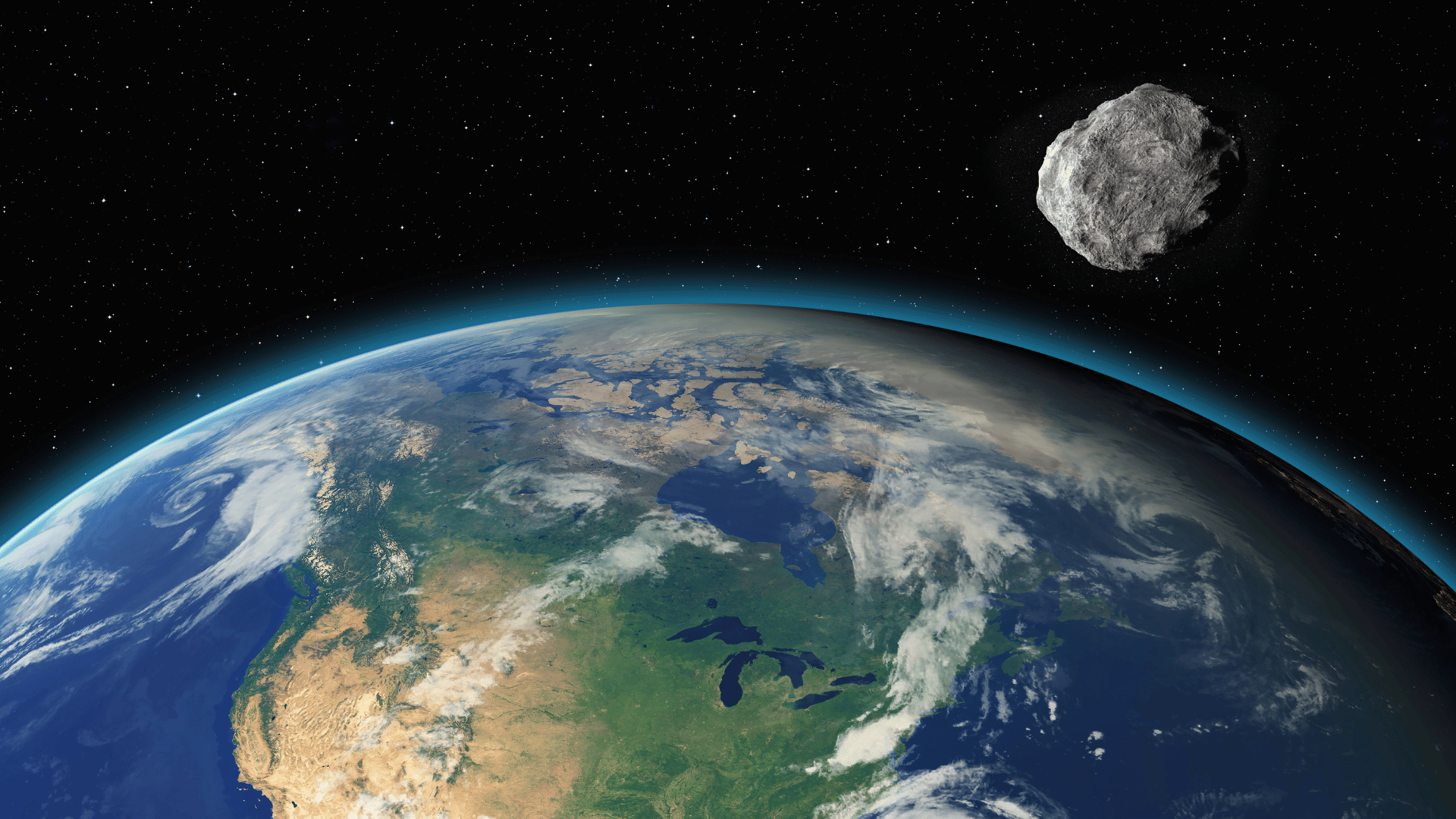A skyscraper-sized asteroid made a close flyby to Earth today, but what potentially planet-saving information can astronomers gain from the event?
Originally discovered earlier this year, the asteroid 2025 FA22 was initially predicted to have a slim chance of impacting Earth in 2089. But could the event turn into a Deep Impact or Armageddon scenario?
Will 2025 FA22 Impact Earth?

Though the space rock was originally added to the European Space Agency’s (ESA’s) impact risk list, the latest calculations indicate that the chances of impact are a very slim 0.01%.
“However, high-priority follow-up observations soon allowed astronomers to refine the asteroid’s trajectory and rule out any impact risk,” according to a new ESA statement.
Though the asteroid isn’t considered an imminent threat, the International Asteroid Warning Network (IAWN) is using 2025 FA22’s flyby as an opportunity to practice its emergency protocols by running a training scenario as though the asteroid will impact us.
This mock test, named the 2025 FA22 IAWN Campaign, will measure as many of the asteroids’ characteristics as possible to prepare for a hypothetical mission to deflect the space rock in the future.
“While 2025 FA22 poses no danger, practicing our ability to measure these properties is important, as they influence how an asteroid will react to any attempt to deflect it off of a collision course with Earth,” ESA representatives wrote about the campaign.
What We Know
According to IFL Science, the asteroid appears to be somewhere in the range of 427 and 951 feet (130 and 290 meters) across, which would make it large enough to destroy a major city if it were to collide with Earth someday. It reached its minimum distance to Earth early on Thursday, coming within 520,000 miles (835,000 kilometers) of our planet. This is just over twice as far away as the moon.
Researchers will keep a close eye on the asteroid from observatories across the globe, including NASA’s Goldstone radar telescope in Barstow, California, which could provide more accurate information about the size and shape of the space rock.







